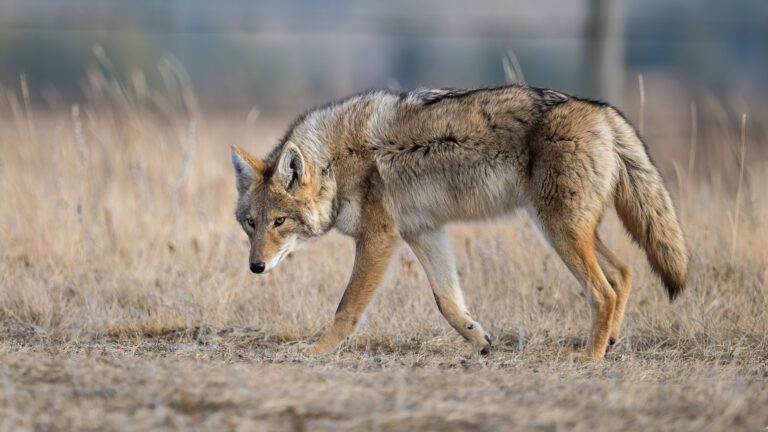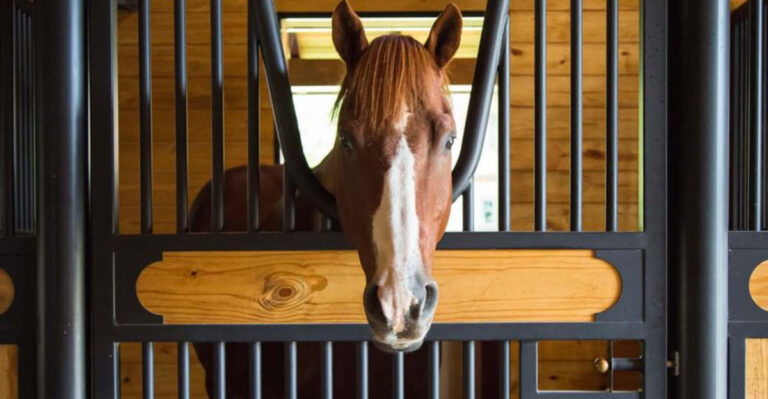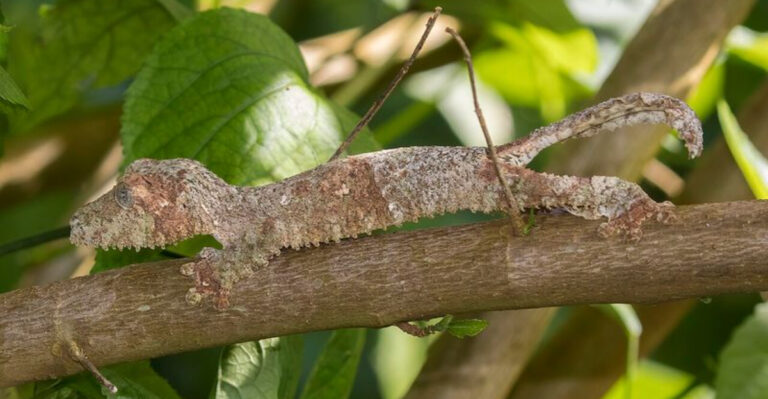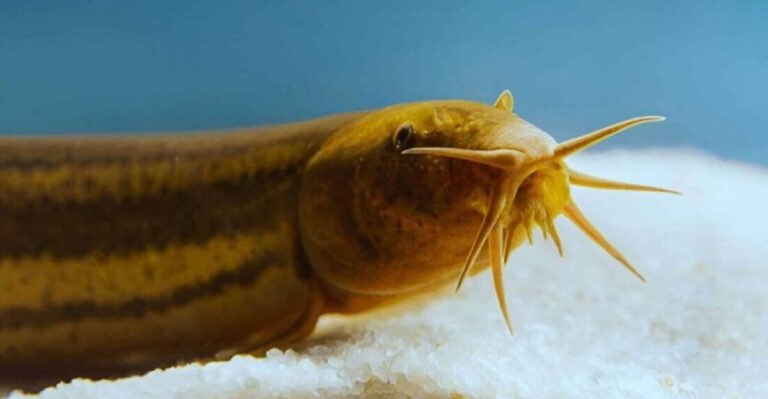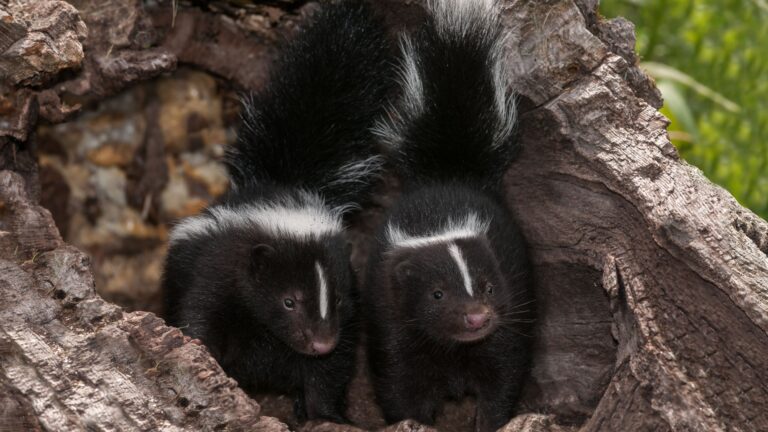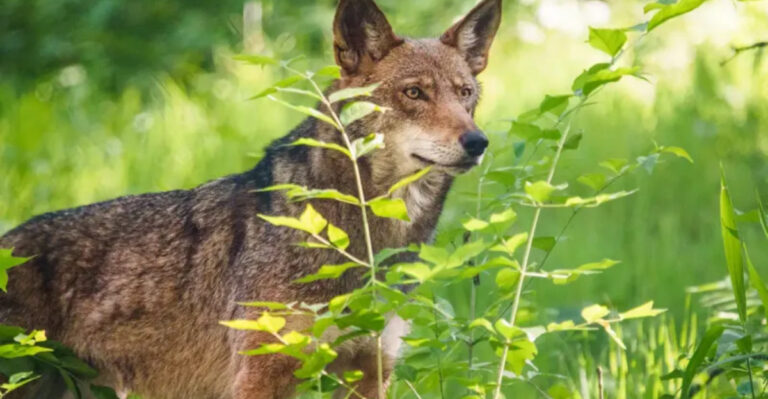Mistakes That Send Bees And Butterflies Flying From Your Yard
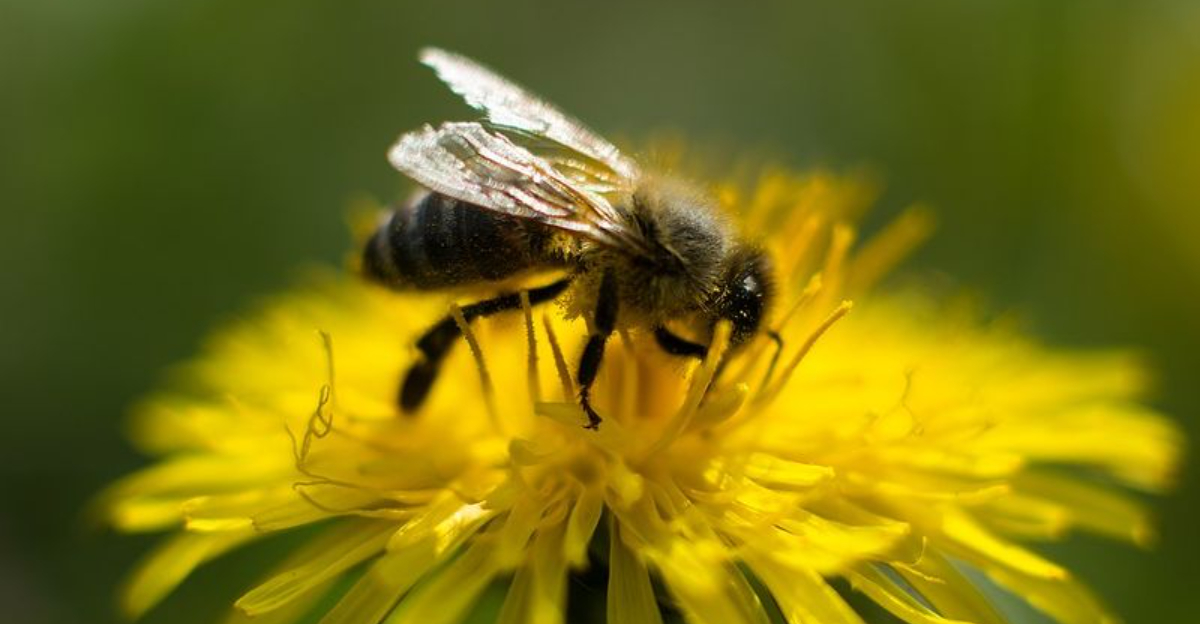
Want to transform your garden into a buzzing paradise for bees and butterflies? These important pollinators help our plants thrive and keep our ecosystem healthy.
Unfortunately, many common gardening habits accidentally chase these beneficial insects away.
Let’s look at the top mistakes that might be sending your winged garden helpers packing.
1. Pesticide Overload
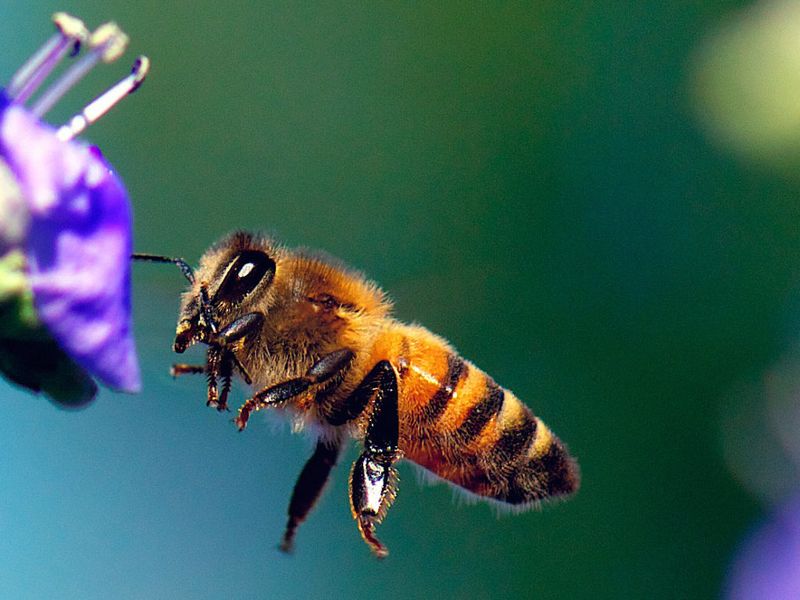
Those chemical sprays promising perfect roses don’t discriminate between pests and pollinators. Even products labeled “organic” can harm beneficial insects.
When pesticides coat flowers, they become toxic traps for visiting bees. Consider natural alternatives like companion planting or introducing beneficial predator insects instead.
2. Flower Shortage
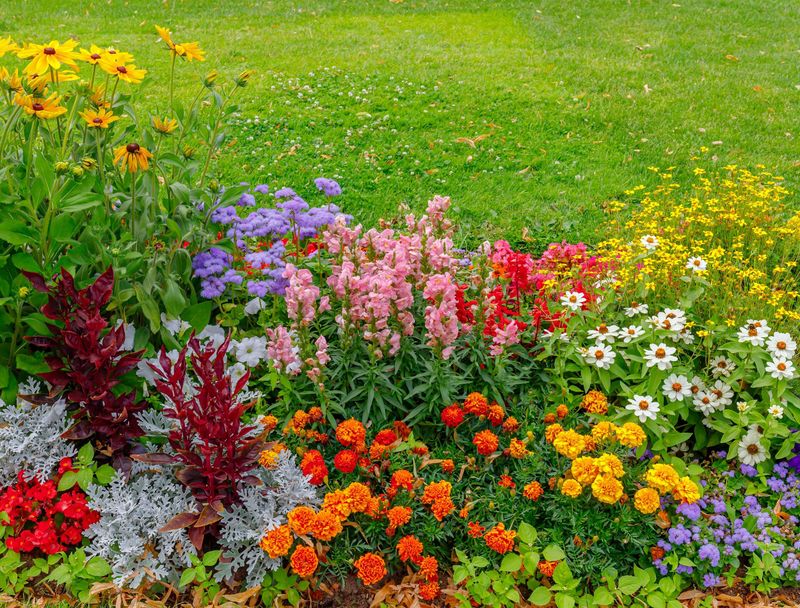
Ever noticed how a buffet attracts hungry guests? Your garden works the same way for pollinators. Without diverse, nectar-rich flowers, there’s simply no reason for them to visit.
Plant varieties that bloom throughout different seasons, ensuring a continuous food source from spring through fall. Native wildflowers are especially attractive to local pollinator species.
3. Removing Old Wood
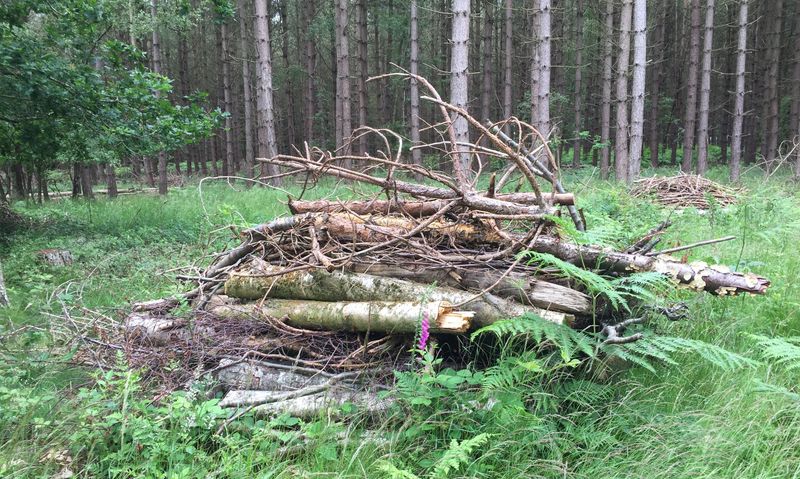
That fallen log you hauled away? It could have been prime real estate for native bees. About 70% of bee species nest in the ground or in woody debris.
Leave some natural areas with fallen branches, hollow stems, and bare soil patches. These seemingly messy spots provide crucial nesting sites for solitary bees that pollinate more efficiently than honeybees.
4. Water Sources Missing
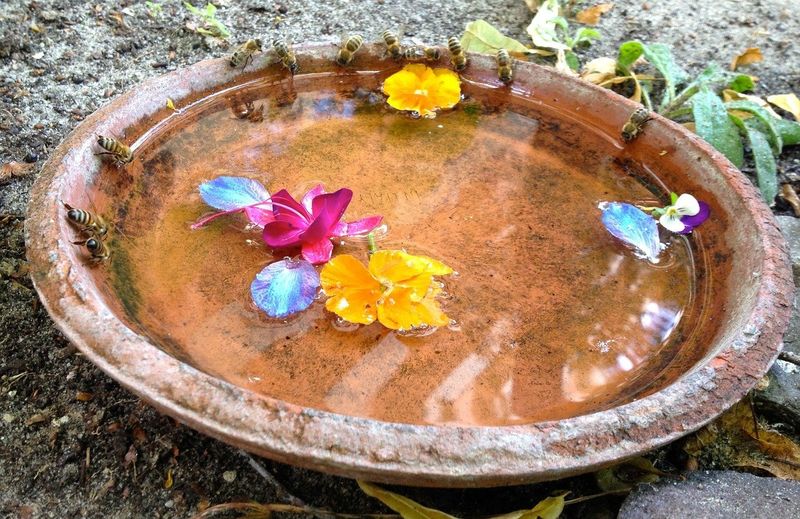
Buzzing from flower to flower is thirsty work! Pollinators need water just like we do, especially during hot summer months.
Create shallow water features with pebbles or floating cork where insects can safely land without drowning. Even a bird bath with some stones can become a popular pollinator pit stop in your garden.
5. Night Lighting Overload
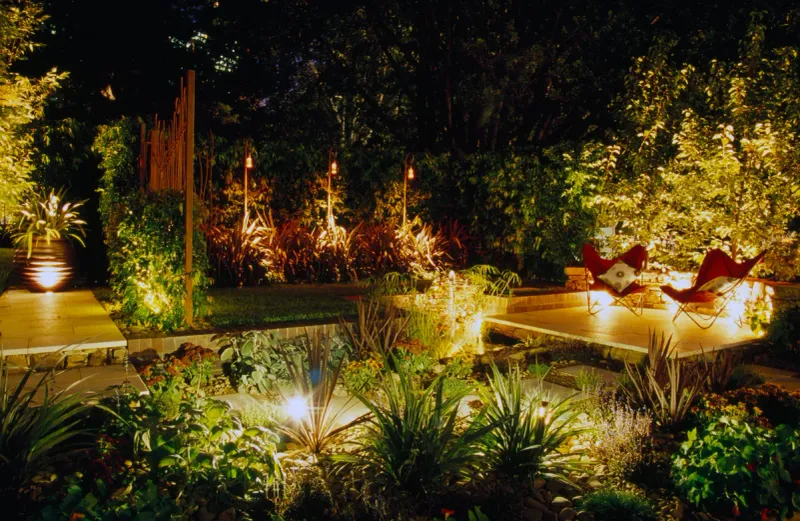
Bright outdoor lighting might help you navigate your garden after sunset, but it wreaks havoc on nocturnal pollinators. Moths – important night pollinators – become disoriented around artificial lights.
Switch to motion-sensor lights or low-voltage options. Consider warm-colored bulbs rather than blue-white LEDs, which are particularly disruptive to insect navigation systems.
6. Weed Control Dependency
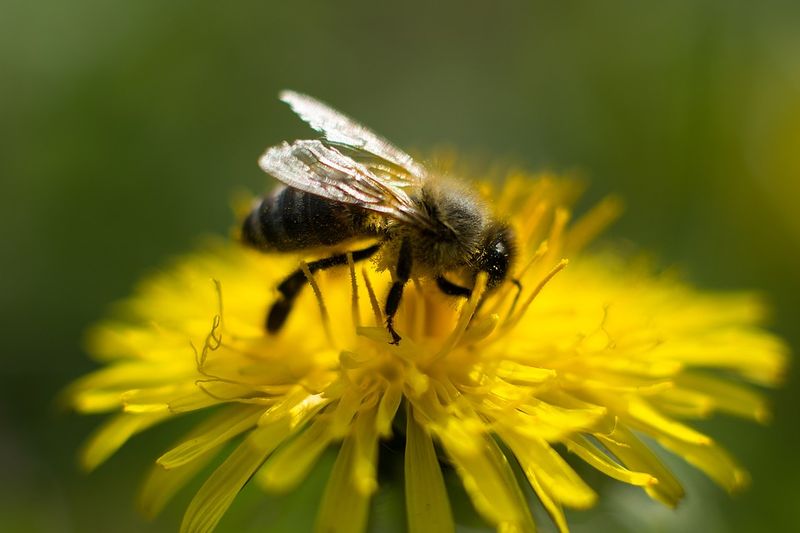
What you call weeds, pollinators often call dinner! Dandelions, clover, and other common lawn “invaders” are actually pollinator favorites, blooming early when other food sources are scarce.
Try raising your mower height and embracing a more natural lawn. Those dandelions feeding early spring bees might just become charming yellow spots rather than eyesores.
7. Exotic Plant Obsession
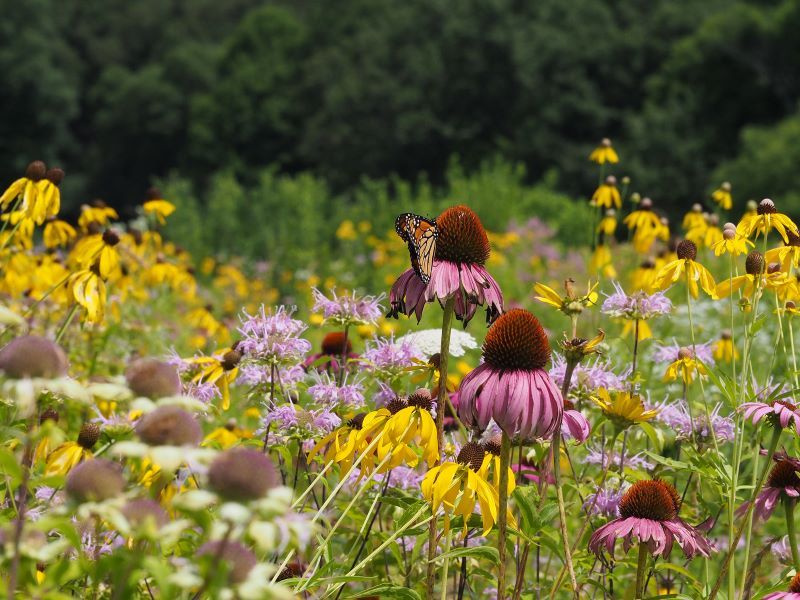
Those showy imported flowers might look spectacular, but they’re often useless to local pollinators. Native insects evolved alongside native plants, creating specialized relationships.
Research shows native plants support 3-4 times more butterfly and bee species than exotic varieties. Aim for at least 70% native species in your pollinator garden for maximum ecological benefit.
8. Mulch Mania
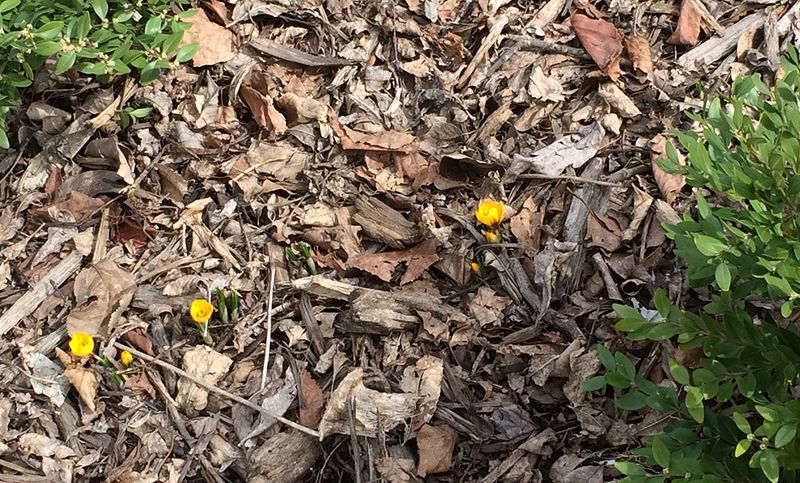
Smothering every inch of soil with thick mulch might look tidy, but it blocks ground-nesting bees from accessing the soil. These important pollinators need patches of bare earth to create their nests.
Leave some unmulched areas in sunny spots. If you must mulch everywhere, use light, natural materials like straw rather than heavy wood chips or rubber mulch.
9. Fall Cleanup Frenzy
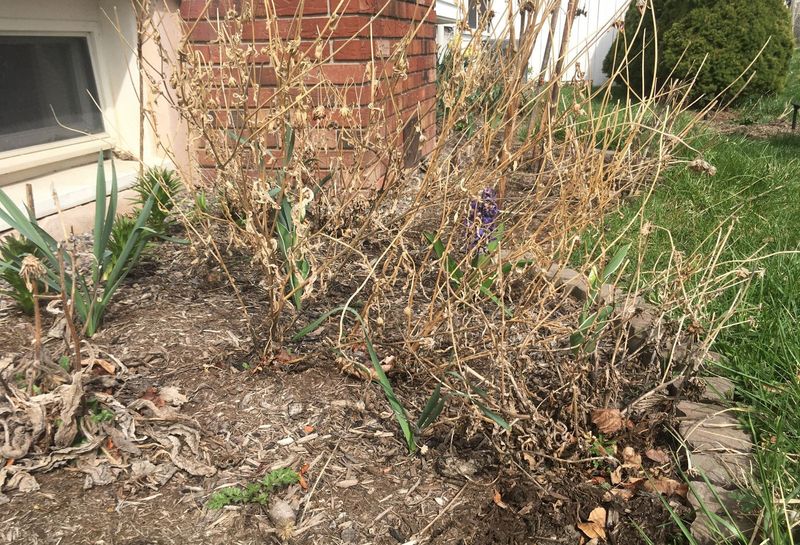
Racing to clear every dead stem and leaf in autumn destroys overwintering habitat for beneficial insects. Many butterfly species survive winter as chrysalises attached to plant stems.
Leave garden cleanup until spring when temperatures consistently reach 50°F. Cut stems to 15 inches rather than ground level to preserve hollow stem nesters and overwintering pupae.
10. Wrong Bloom Times
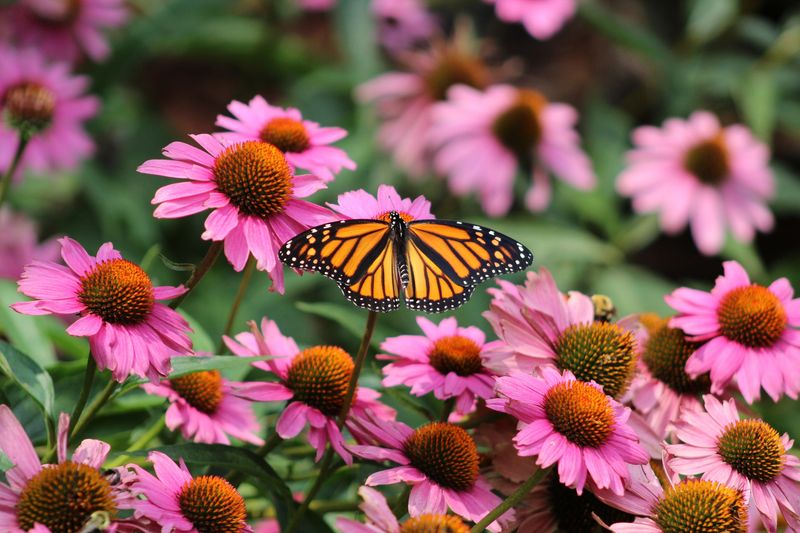
Imagine arriving at a restaurant only to find it closed! Pollinators face this problem when gardens only feature spring blooms or summer flowers.
Plan for continuous blooming from early spring through late fall. Early crocus and late asters bookend the season, while summer favorites like coneflowers bridge the gap, ensuring pollinators always find food.
11. Double-Flowered Varieties
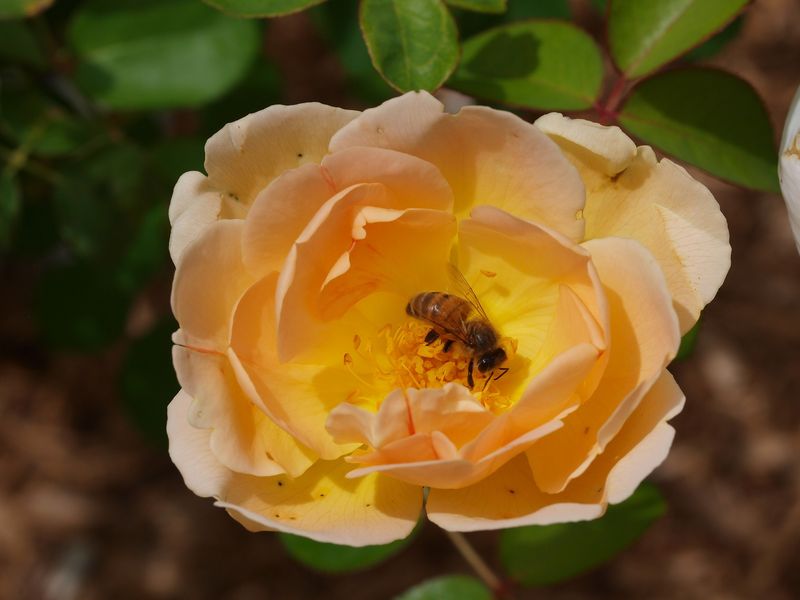
Those fluffy, multilayered blooms might win garden shows, but they’re pollinator puzzles. Double flowers have extra petals instead of pollen-producing parts, making them beautiful but useless to hungry bees.
Choose single-flowered varieties that clearly show their centers. These flowers provide easy access to nectar and pollen, making them pollinator favorites.
12. Harmful Hose Habits
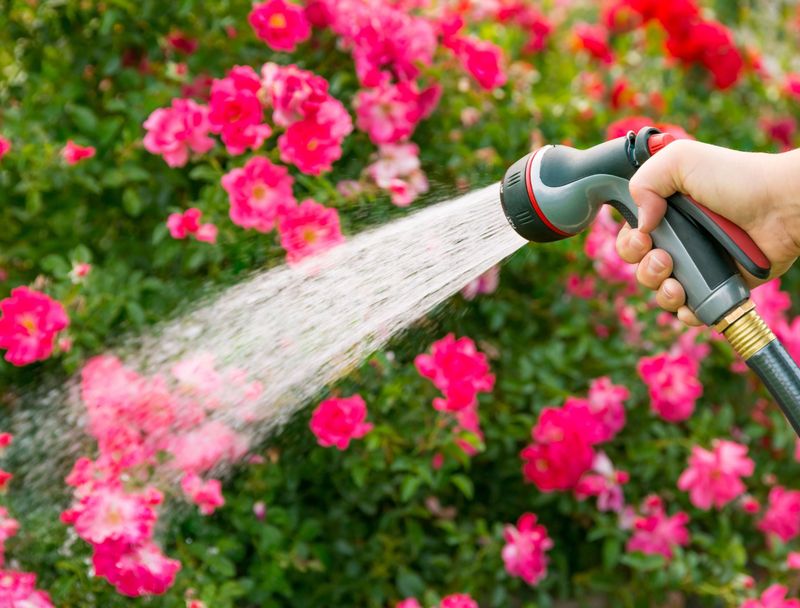
Spraying flowers directly with water washes away nectar and can drown tiny pollinators. Morning watering leaves flowers soggy when bees are most active.
Water at the base of plants in early evening when pollinator activity decreases. This timing allows plants to absorb moisture overnight while keeping blooms dry and nectar-rich during busy daytime feeding hours.
13. Butterfly Bush Dependency
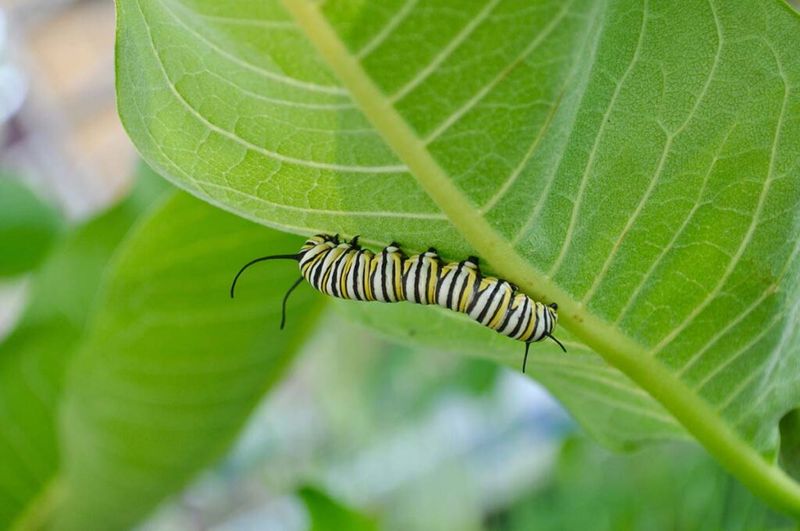
Surprise! The plant named for butterflies isn’t always their best friend. While adult butterflies enjoy butterfly bush nectar, their caterpillars can’t eat the leaves.
Include host plants like milkweed, dill, and native trees where butterflies can lay eggs. Without these nursery plants, butterflies can’t complete their life cycle in your yard, regardless of how many nectar sources you provide.
14. Chemical Fertilizer Fixation
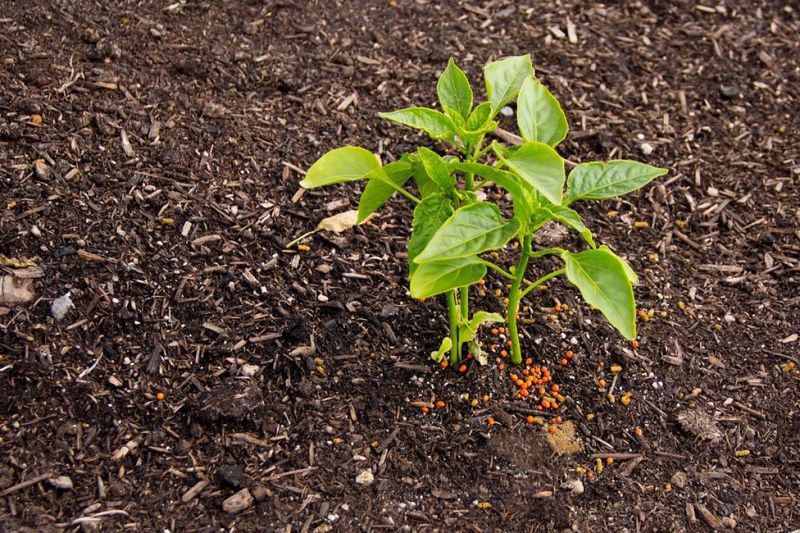
Synthetic fertilizers can alter flower nectar composition and disrupt the delicate scent cues pollinators use to find flowers. Plants may grow bigger but produce less nutritious nectar.
Switch to organic compost or well-aged manure to feed your soil naturally. These slow-release options improve soil health while producing flowers with proper nectar chemistry that pollinators recognize.

